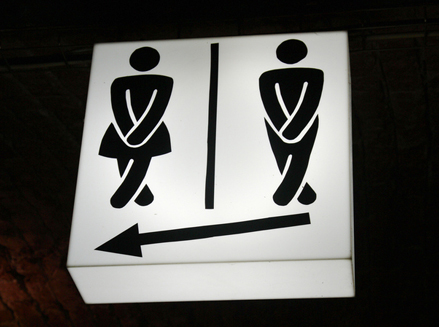The Evolution Of Bladder Diaries
Key Messages
- Bladder diaries are an extremely useful screening and diagnostic tool
- They have evolved from ‘fluid-balance charts’ to ‘sensation-related bladder diaries’
- Sensation-related bladder diaries have a greater focus on recording bladder urgency, which has been extremely helpful in diagnosing and treating OAB
- At WMHP, we now use a sensation-related bladder diary, and have developed a bladder calculator to enhance diagnostic ability
I recently received an email from a referring GP asking for a copy of our bladder diary. This request made me think about the importance of bladder diaries because patients are typically very poor historians regarding their bladder function. Often their subjective history will be quite different from what is actually happening! Bladder diaries are an extremely useful diagnostic tool and their utilisation has evolved with research advances in lower urinary tract dysfunctions.
Bladder diaries are vital to gain a clear picture of bladder function (diurnal and nocturnal frequency, volumes, urgency, fluid intake and total output), and also in screening for other conditions, such as polyuria or nocturnal polyuria. They have evolved over time from ‘fluid-balance charts’ to ‘sensation-related diaries’.
Advances In Bladder Diaries
Bladder diaries have traditionally been similar to a nursing ‘fluid balance’ chart. However, they have evolved in recent years due to advances in research into overactive bladder (OAB). The International Continence Society (2010) now define OAB as “symptomatic urgency, with or without urge incontinence, usually with frequency and nocturia in the absence of infection or other proven pathology”.
Hence, it is a symptomatic diagnosis, with urgency being the only absolute requirement. Urgency is characterised by a feeling that the bladder is desperately full, and there is usually a predictable relationship between volume and urgency.
Our bladder diary has recently changed, and is now a ‘sensation-related bladder diary’. There is a greater focus on recording bladder urgency at each void. Urgency is given a score, ranging from:
1 - ‘No sensation of urine in the bladder, could delay indefinitely’ to
4 - ‘Urgent desire to void, unable to delay 5 minutes’1
Another change has been patients recording when they go to sleep and wake up, enabling clearer assessment of nocturnal symptoms. These changes have been extremely helpful in diagnosing and treating OAB.
Bladder calculator @ WMHP
At WMHP we have also created a bladder calculator. Bladder diary data is entered into an excel spreadsheet, which calculates frequency, urine output, nocturnal polyuria index and fluid intake. It also creates a graph providing a visual representation of urge and volume compared to normal. This tool enhances diagnosis and improves patients understanding of how bladder urgency relates to bladder capacity.
CASE STUDY
A 72 year old woman presented with nocturia of 3. The subjective assessment suggested symptoms consistent with OAB. However, when she returned for her follow-up appointment, her bladder diary revealed average nocturnal voided volumes of 800mls, and a nocturnal polyuria index of 50%.
Her bladder diary also showed high evening fluid intake and appropriate urge given her high volumes. With the bladder diary clearly identifying nocturnal polyuria and large volumes, bladder training is not indicated and could have created further bladder dysfunction. The patient was advised to reduce her evening fluid intake and referred to her GP for further investigation.
Patients are sometimes initially reluctant to complete a bladder diary however, with a thorough explanation, they understand the benefits far outweigh the bother. If you would like a copy of our updated bladder diary, it has been added to the growing list of resources on our website, which you can access here.
References
1. Starkman and Dmochowski, Neurourology and Urodynamics, (2008). Urgency Assessment in the Evaluation of Overactive Bladder.
November 2016
Tags:Bladder





